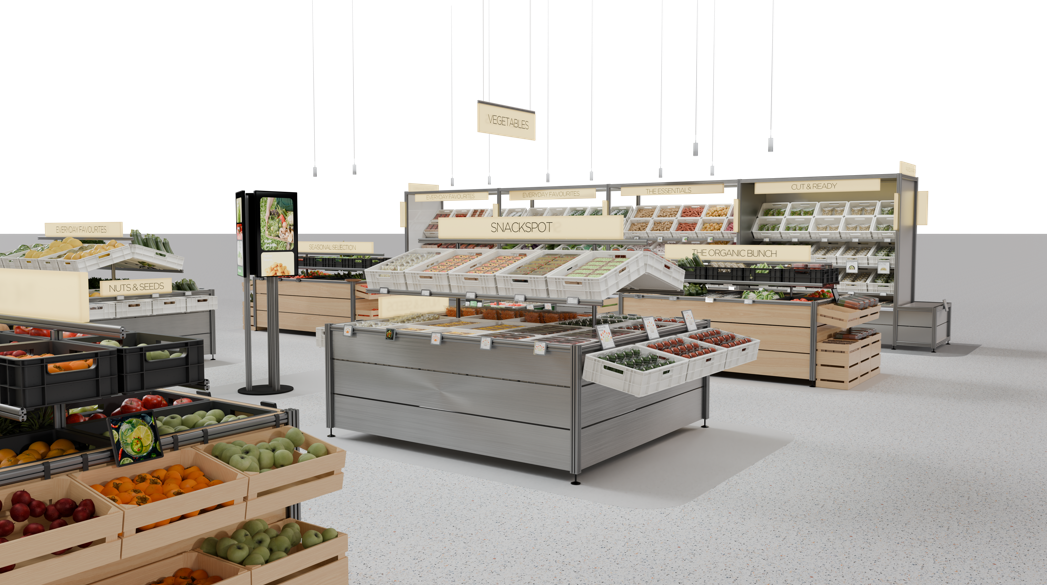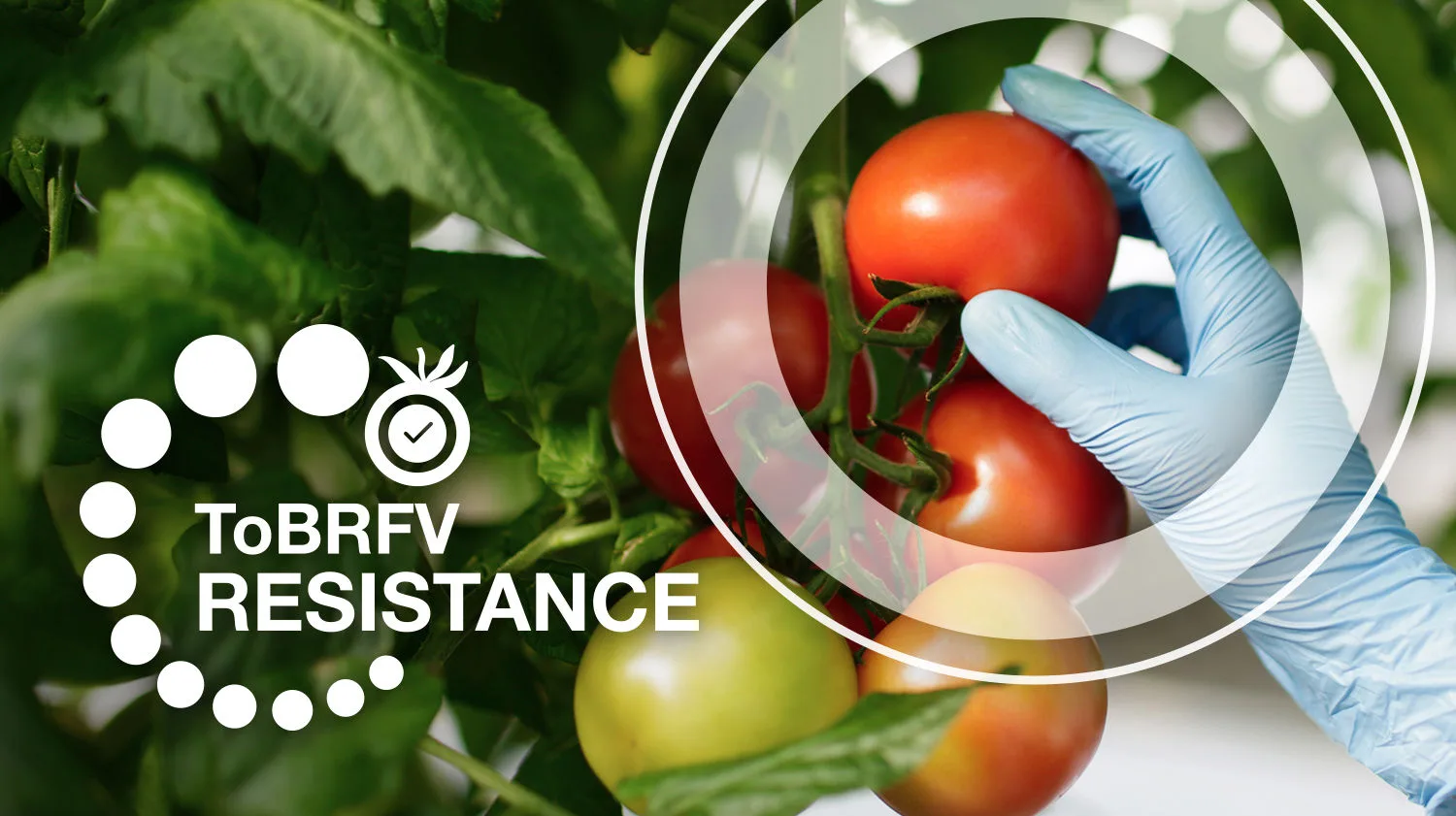Wim van der Schaft, head of North Europe Vegetable R&D Operations is in the new quarantine glasshouse in Wageningen, the Netherlands. He will explain how the quarantine glasshouse works and with which safety measures they work. Let's view together?

Sharing best management practices to counter ToBRFV in glasshouse tomato
Lessons learned in the Netherlands have proven that it is possible to be effective in battling ToBRFV infections. These guidelines and best practices (BMPs) can help you succesfully grow non-ToBRFV and Intermediate (IR) resistant ToBRFV varieties.
About the virus
The Tomato Brown Rugose Fruit Virus (ToBRFV) was initially detected in Israel in 2014 and later in Jordan in 2015. However, since 2018, it has been increasingly identified in various regions worldwide.
The first signs of ToBRFV spreading beyond the Middle East were observed in Mexico during 2018, resulting in a notable outbreak. This outbreak raised significant concerns among regulators and the agricultural industry, prompting them to prioritize disease awareness. Collaborating with Mexican authorities, the seed industry took proactive measures to address the situation and advocate for preventive actions. As a result, in 2019, Mexico reported no cases of ToBRFV in its agricultural production.
ToBRFV can be easily transmitted through several means, including farming tools and equipment, workers' hands, plants, water, soil, and even people. Consequently, detection methods have evolved over time, becoming more precise and sensitive to accurately identify the virus. Implementing strict hygiene measures during production and incorporating multiple control and inspection processes are crucial preventive measures for containing the virus. These measures play a pivotal role in mitigating the spread of ToBRFV. In response to the virus, tomato and pepper breeding programs are actively working on developing resistance to ToBRFV. These ToBRFV Resistance breeding programs aim to enhance the crops' ability to withstand the virus.
How to help Prevent infection from ToBRFV?
Finding, Isolating and Crop Handling of ToBRFV
Early detection is key in preventing spread of the virus. By taking the right measures you can lower ToBRFV pressure and spreading which helps to potentially exterminate it. All employees should be aware of ToBRFV symptoms and should notify the manager when a suspicious plant has been found.
Cleaning after ToBRFV infection
Cleaning and sanitation are critical processes after a ToBRFV infection. ToBRFV is known to be I infectious longer on organic waste attached to surfaces. Drain water and drain water silos have also been found to be contaminated with ToBRFV in infected glasshouses, so ensure proper cleaning of these areas as well.
The key to success lies in sharing knowledge about our varieties, processes and innovations
Check out our varieties with Intermediate (IR) resistant ToBRFV varieties

Check out our innovations and processes around ToBRFV
Our collegues Jan Kamper, Market Development Lead and Jan Cees Bron, Corporate Communications tell you more about the ToBRFV virus and why it is such a big challenge for us all.
Let's view together?
Ton Allersma, Research Associate Phytopathology at Bayer, tells us more about resistances and how do we develop a higher resistance to ToBRFV?
Let's view together?

Discover more

SHIELD
Our SHIELD program is the backbone for everything we do across seed production.
We actively participate in the ISF and the international Seed Health working groups to further develop the knowledge in the industry and together develop new protocols and measures to secure clean seeds for the future.

















